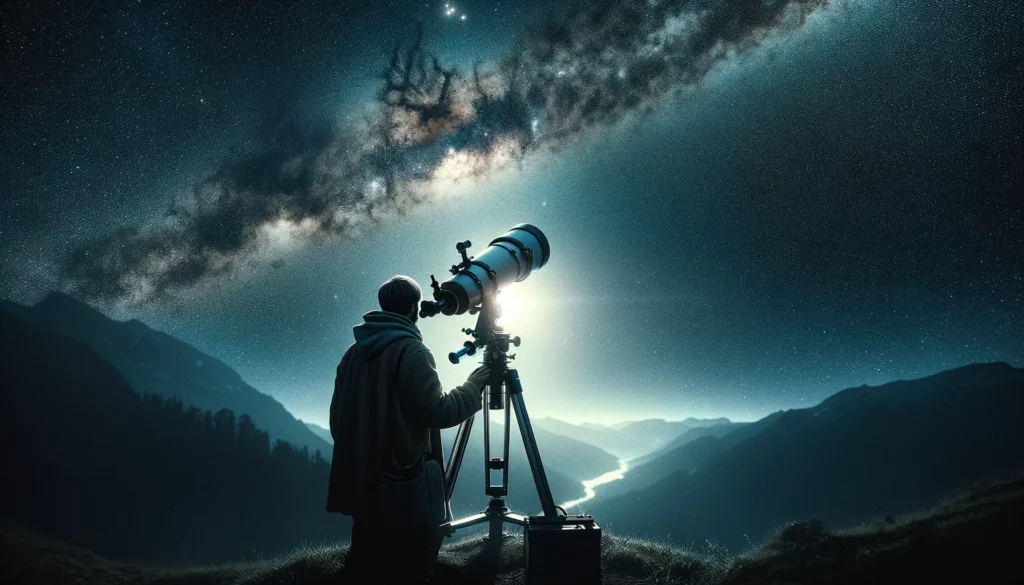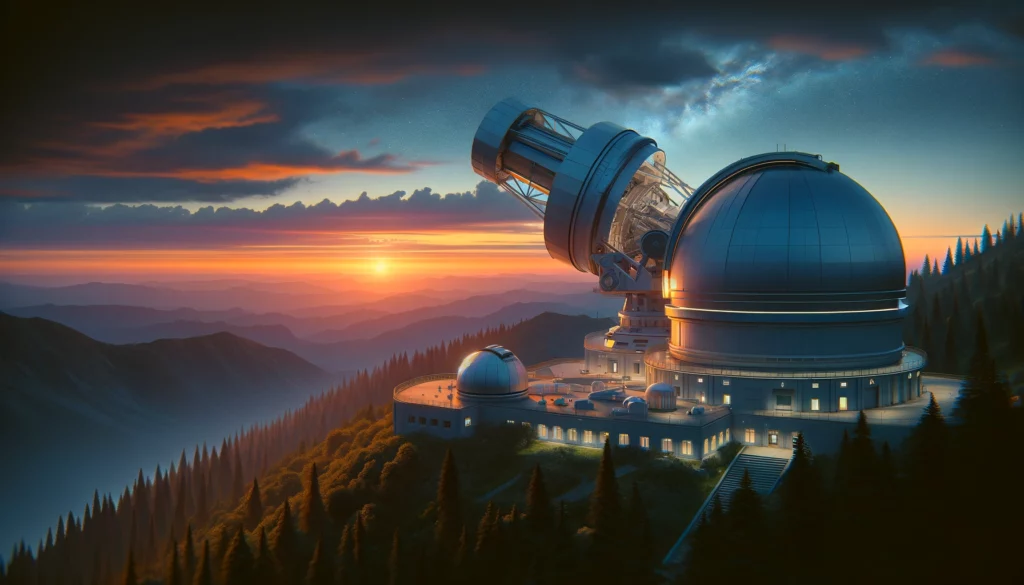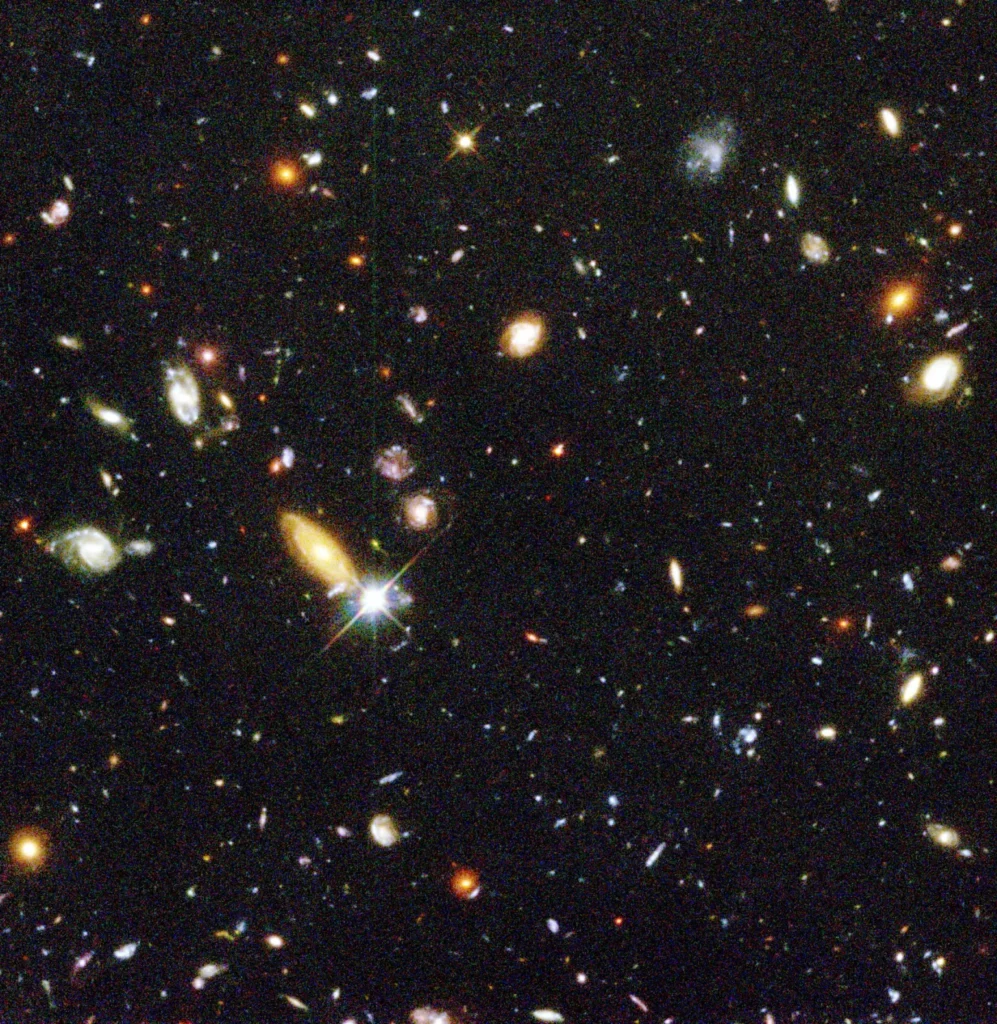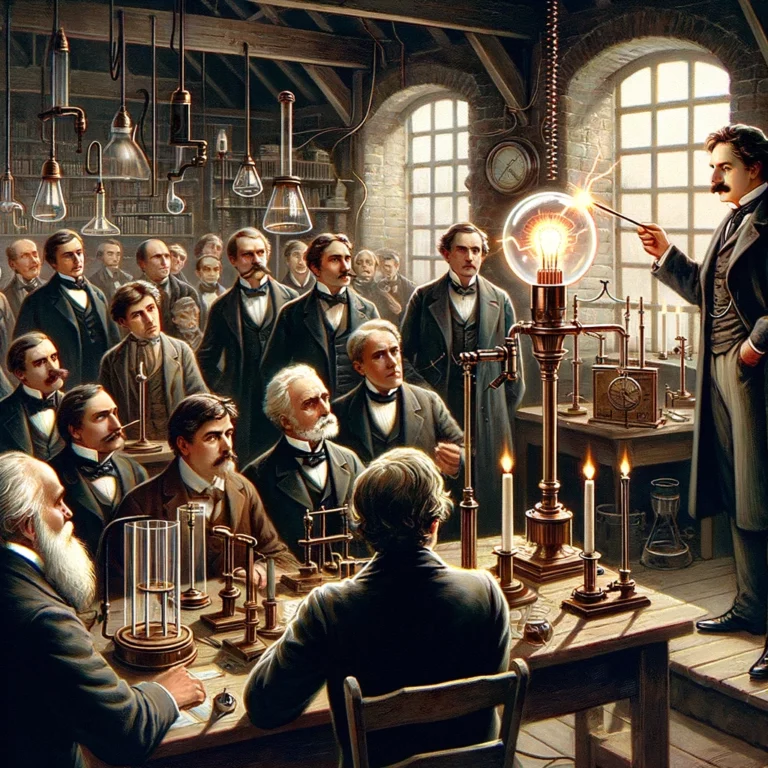The Cosmic Spectacle: A Glimpse into the Universe Beyond

The Enigmatic Visibility of Distant Galaxies
The cosmos is an expanse of unimaginable vastness, speckled with celestial objects whose light reaches us from epochs long past. Among these are galaxies, colossal congregations of stars, dust, and dark matter, lying far beyond the confines of our Milky Way. The very fact that we can observe these distant galaxies with the naked eye is a marvel of cosmic proportions.
Galaxies, in essence, are incredibly dim objects. Each galaxy, despite comprising billions of stars, some shining far brighter than our Sun, appears almost inconspicuous from our vantage point on Earth. On a particularly clear and dark night, only a select few galaxies, such as the Andromeda Galaxy and the Magellanic Clouds, betray their presence to the unaided human eye. These appear not as the detailed spirals or ellipticals one might expect but as faint, ghostly smudges of light, barely discernible against the backdrop of the night sky.
This faint visibility is not due to a lack of luminosity on the part of these celestial giants but rather the immense distances that separate us from them. Andromeda, the closest spiral galaxy to the Milky Way and the only one visible to the naked eye from many parts of the Earth, lies about 2.5 million light-years away. Despite its proximity in cosmic terms, Andromeda’s light is so diffused by the time it reaches us that only its brightest central region can be seen without the aid of telescopes, presenting a mere elliptical glow that hints at its true size and shape.
The Milky Way: Our Celestial Home
Interestingly, one of the most spectacular galaxies we can observe is the one we reside in: the Milky Way. Stretching across the night sky, the Milky Way is best observed as a luminous band, made up of countless stars. From a dark location, away from the pervasive glow of city lights, the Milky Way reveals itself as a dense, milky haze, a segment of our galaxy seen from within.


Our human eyes, evolved for entirely different purposes such as identifying ripe fruits or detecting predators, are ill-equipped for the task of star-gazing. They capture only a fraction of the galaxy’s grandeur. With better eyes or through the lens of a telescope, the Milky Way would present a far more breathtaking view, with its intricate structures and billions of stars becoming evident.



Beyond Naked Eye Observations: The Role of Telescopes
The naked eye can only reveal so much of the night sky’s wonders. Most stars visible to us without optical aids belong to the Milky Way. From dark sites, free from light pollution, an observer can see up to about 9,000 stars, a number that is both astounding and humbling. These stars, alongside a few other celestial bodies like planets and the Moon, make up the entirety of what can be directly observed without technological assistance.
However, the advent of telescopes has dramatically expanded our cosmic perspective. Even modest consumer-grade telescopes can bring into view stars down to the tenth magnitude, encompassing around 340,000 stars within our galaxy alone. Moreover, telescopes allow us to gaze into neighboring galaxies, resolving nebulae and star clusters within the Large and Small Magellanic Clouds, our closest galactic neighbors.


The Hubble Space Telescope, with its far-reaching gaze, has offered us a window into the universe that was previously unimaginable. Its detailed images of the Andromeda Galaxy, for instance, have resolved millions of individual stars, presenting a galaxy teeming with stellar life far beyond our own cosmic shores.
A Universe of Discovery Awaits
The ability to see galaxies with the naked eye or through telescopes is more than just a testament to human curiosity and ingenuity. It’s a bridge connecting us to the vast, mysterious universe beyond our small planetary abode. Each faint point of light, each smudge of brightness in the night sky, is a story millions or billions of years in the making, waiting to be discovered and understood.

NASA, Robert Williams, and the Hubble Deep Field Team (STScI)
As we peer into the night sky, from the unaided observations of ancient astronomers to the cutting-edge images captured by modern telescopes, we are reminded of our place in the universe. We are part of a cosmic dance that spans the entirety of space and time, participants in a story that began long before us and will continue long after we are gone.
The exploration of the cosmos, from the faintest galaxies visible to the naked eye to the detailed celestial maps created by telescopes, is not just an academic pursuit. It is a journey of the human spirit, a quest for knowledge, and a testament to our unending desire to understand the universe and our place within it.
As we continue to look up and wonder, the stars and galaxies that dot the night sky serve as beacons of the unknown, urging us on in our quest to uncover the secrets of the cosmos. The universe, with its myriad galaxies and stars, is a vast, open book, and we have only just begun to turn the pages.
Click here for the sharpest ever view of the Andromeda Galaxy (zoomable).
FAQs:
- Can we see galaxies with our naked eyes? Yes, a few galaxies, like the Andromeda Galaxy and the Magellanic Clouds, are visible to the naked eye under dark, clear skies as faint, nebulous objects.
- Why are galaxies so hard to see? The primary reason is the vast distances separating us from these galaxies, which makes their light extremely faint when it reaches Earth. Additionally, human eyes are not optimized for detecting such dim light sources.
- How do telescopes help us see galaxies? Telescopes collect and magnify the light from distant objects, allowing us to see details and structures within galaxies that are invisible to the naked eye.
- What can we learn from observing galaxies? Observing galaxies allows astronomers to study the universe’s structure, the life cycle of stars, and the evolution of cosmic entities over billions of years.






